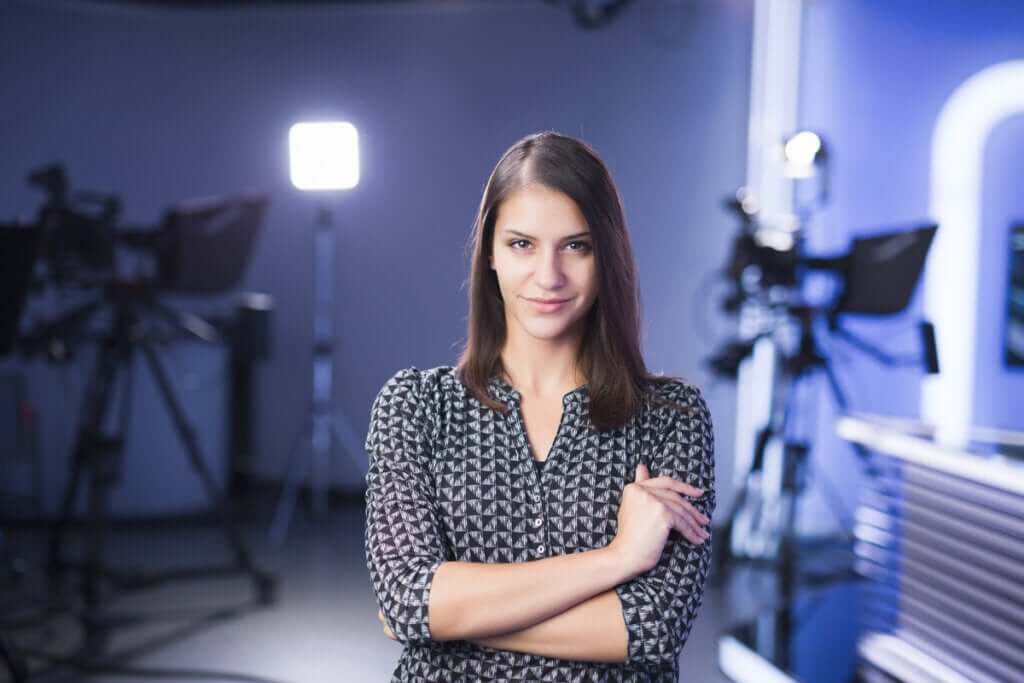Many people wonder what parasocial relationships are, but before we answer, let’s ask ourselves the following question: have you ever wondered what effect the media has on your behavior?You may think it’s a strange question, but it’s related to this kind of relationship. Basically, parasocial relationships are a curious phenomenon developed by people with those who relate through social media.
This is a reality that we all have to face, it is undeniable that social networks have the ability (potentially because it depends on different factors) to influence people’s behaviors, thoughts and actions.
- In many cases.
- The way the media speaks to us is done in a way that we think is personalized.
- When in reality.
- As an audience.
- We are a homogeneous mass of people.
- For example.
- Let’s take spam; although they are sent to millions of people.
- They still include your name.
In this article we’ll talk about what parasocial relationships are, why they happen, what feelings are associated with them, and how they influence our behavior. Read!
Parasocial relationships are those that people establish with famous, famous or digital influencers, in fact, these relationships can occur with anyone in the media, whether real or fictional, can also happen with cartoon characters.
To make it a little clearer, let’s do a little exercise: first imagine that in the supermarket you meet a famous character with which you identify, you will probably approach him, ask him for an autograph, take a photo and try to establish some kind of conversation. You’d act like you already knew her, even if you don’t know her.
For this reason, parasocial relationships are false social relationships. These relationships are not real; were born from the desire to meet this person?in real life, or even your admiration for her. The mind is cheating!
You can see this relationship as close and intimate when you don’t actually know that person; you only know what it shows on social media, besides, according to the experts, it’s a one-sided (and non-reciprocal) relationship, so it’s just a pseudo-relationship.
Authors Horton Donald and Richard Wohl spoke for the first time about parasocial relations in 1956. Specifically, they defined the concept as “the unconscious creation of an intensely close relationship with a person in the media. “
In addition, the authors added that this type of relationship is one-sided (non-reciprocal). According to them, and as Caro quote (2015), it is “the public’s illusion of mutual interaction with media personalities”.
A characteristic of parasocial relationships is that the individual feels very identified with the person in the environment in question, as a result, makes him realize a real relationship with that person, in this sense develops a strong empathy for the person. The opposite can also happen, i. e. feeling rejection or displeasure for that person.
What most characterizes this type of relationship is the feeling of actually meeting a person simply by seeing or following them on social media, is a very special link because, in reality, it is completely one-sided, that’s why we are talking about pseudolinking.
On the other hand, according to communicator Ileana Caschi, parasocial relations are a communicative phenomenon that makes us aware of certain media content simply because someone is talking about it, because we believe that we are more than a part of the public. In fact, the brain has a lot to do with it.
As you can see, this kind of relationship develops with any famous character (this can even be fictional), so it’s usually people who appear on television, radio, social media and even in newspapers.
This can happen to artists, athletes, television presenters, politicians and singers. This includes fictional characters, such as cartoon protagonists (this happens mainly with children).
There is no concrete answer to this question, because parasocial relationships are not defined, in fact, the duration depends on how long that person in the media is meaningful or important to the individual, it also has to do with how long he is in the media. the media.
In a way, the fact that parasocial relationships occur has to do with the subconscious (or unconscious), we illustrate this with a simple example: when you see famous characters on TV (or listen to them on the radio, watch them on YouTube, etc. ), your mind unconsciously?that all this content has been created specifically for you.
That is, even if you are a grain of sand among all the viewers of this program, your mind misleads you and makes you believe that this content is, in a way, exclusive to you, which explains why you can identify with both. a particular person or a particular type of context.
These people we are talking about and with which others develop parasocial relationships are very aware of the mechanisms that reinforce this type of feelings, an example is the fact that they look at the camera and speak directly to their audience (all of us). it is made in particular by YouTubers and TV presenters.
In fact, the field of neuroscience states that the brain is programmed to interpret a direct look at the eye as a sign that a person is paying attention to it.
In other words, realizing that they’re looking you in the eye can make you feel like you’re being talked to directly and, as a result, your brain interprets that person to know you to some extent.
In short, everything we say, coupled with the sense of empathy and attention that these people arouse through their verbal and non-verbal language, facilitates the emergence of parasocial relationships. It should be noted that the credibility and physical and intellectual attractiveness of the person also play an important role. a role in this regard.
Social and digital media is not a substitute for traditional media; Coexist?. – Octavian Gifted-

